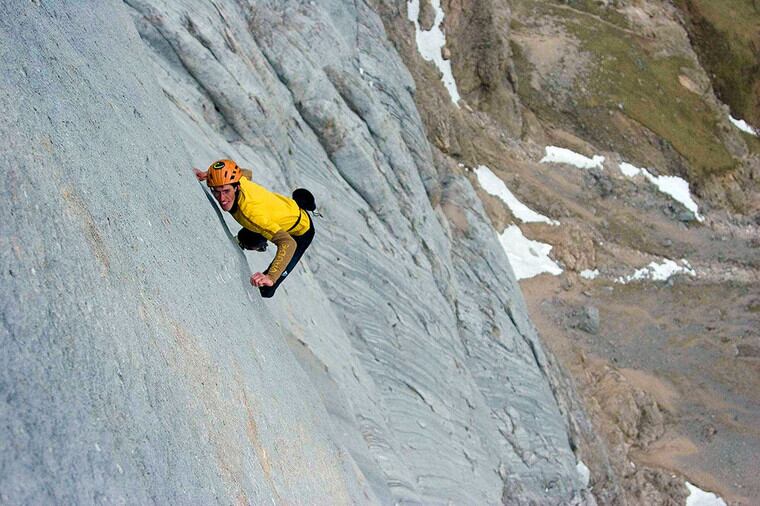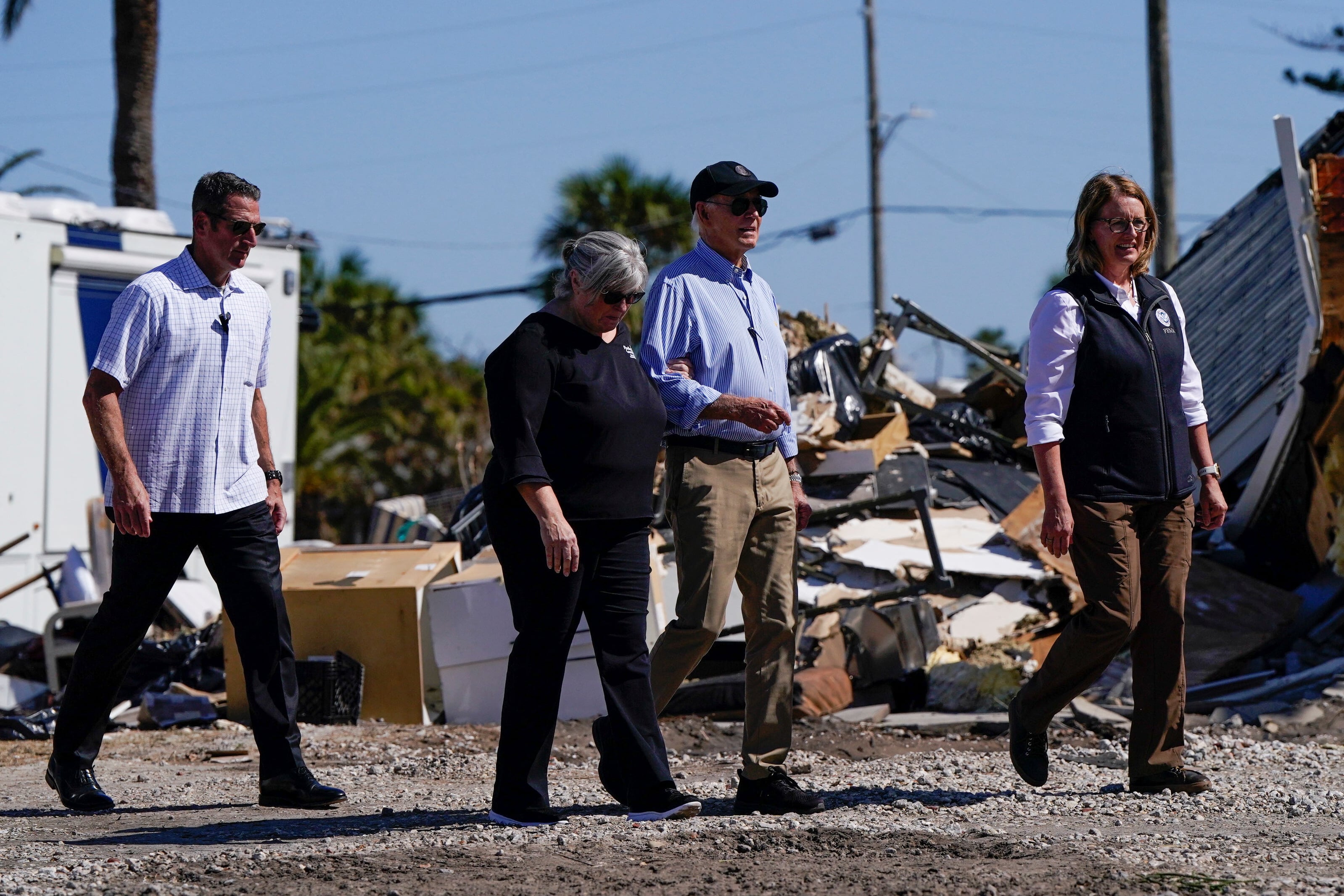
On May 18, Martin Feistl, a talented 27-year-old German mountaineer, chose to climb a 270-meter wall without a partner. He could also have decided to do it by belaying himself using a laborious technique, but he preferred to take on the challenge alone. The technical difficulty of the chosen route was no higher than 6b, an intermediate grade, especially for someone accustomed to much higher points on the scale. At some point, he fell, and having dispensed with the rope he died when he crashed to the ground. Just a few days later, Alex Honnold broke the solo speed record on the Salathé Wall of El Capitan in California’s Yosemite Valley. The news was, in this case, that the all-around solo artist had climbed without a partner but with rope, self- belaying as he ascended. “Self-belaying is a hassle, a tedious thing... but I had to do it because my partners failed me and I was left alone,” explained the North Face athlete shortly after spending 11 hours and 18 minutes on the route, nine hours less than the previous record. Days earlier, on his return to the valley that has made him world famous, Honnold had completed a couple of free-solo ascents, while novices continue to wonder what leads a person to dispense with the rope to climb free solo. Bravery? Disregard for life? Suicidal impulse? Overconfidence? Free-soloing, however, is not a modern trend. It goes back a long way.

 hace 2 meses
17
hace 2 meses
17








 English (US) ·
English (US) ·  Spanish (CO) ·
Spanish (CO) ·